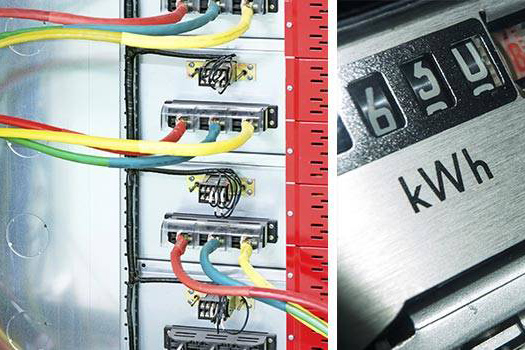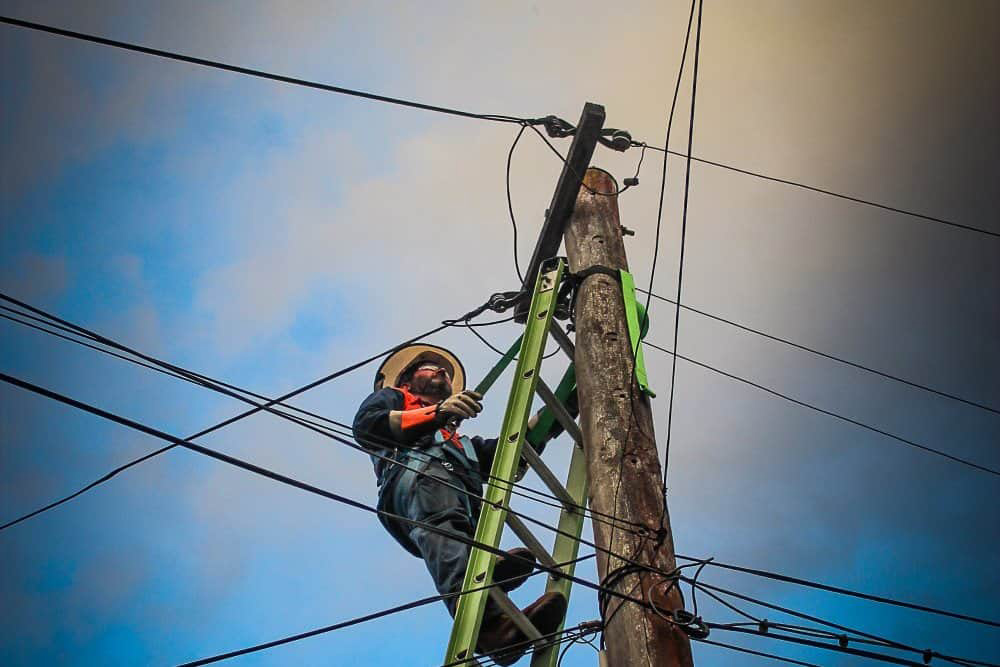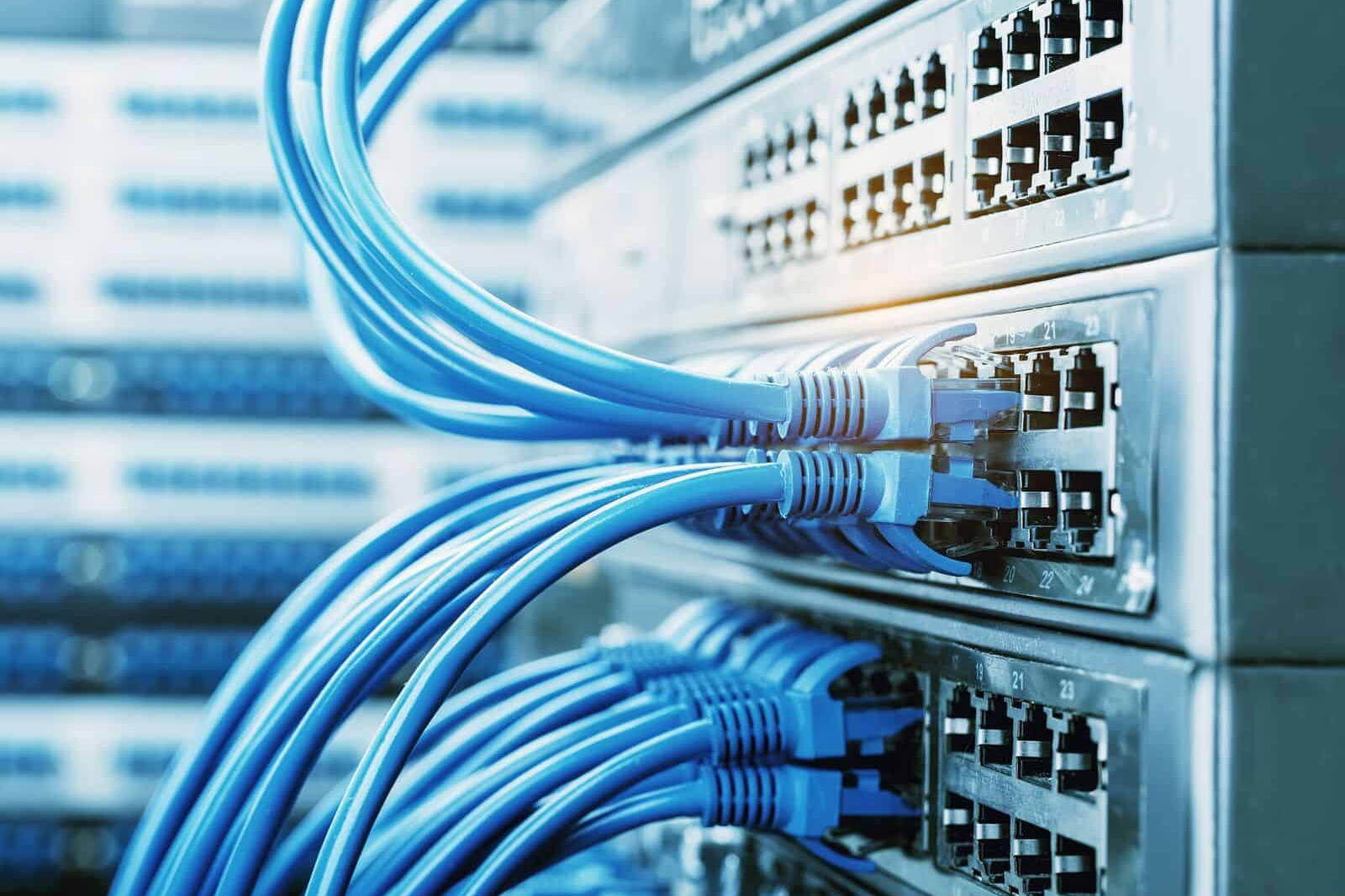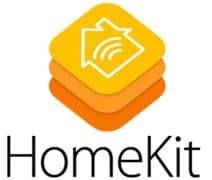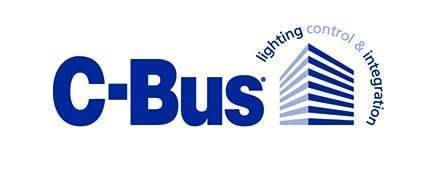Your Local Sydney Electrician
Need help with your electrical infrastructure, installation or maintenance?
Call us, or submit a query for a FREE QUOTE!
Faraday Group Electricians: What We Do
For over 60 years Faraday has provided the highest quality electrical service to all of our clients in and around Sydney. We specialise in domestic, commercial, and Level 2 electrical service and installation. If you’re looking for trusted and reliable electricians in Sydney, we are here to help. Faraday is committed to offering a guaranteed 5-star level of service and is happy to provide you with a free quote.
SYDNEY RESIDENTIAL
We handle all kinds of domestic electrical work for our Sydney customers, including:
- 24-hour emergency service
- Power restoration
- Cabling and telecommunications
- Interior, exterior and security lighting
- Power point installation
- Appliance wiring
- Smart Home and automated tech
- Electric Vehicle at home charging stations
SYDNEY COMMERCIAL
We are your Sydney expert for commercial work! From offices and schools, to retail and warehouses.
- 24-hour emergency service
- Level 2 ASP
- Lighting upgrades
- Electrical system maintenance
- Network and data cabling
- Test and Tag
- Thermal imaging
- Fire Safety installation & ongoing maintenance
About Faraday Group
The Faraday Group opened its doors in 1958, started by Stan Xavier, and has been supporting their customers in and around Sydney ever since.
We’ve maintained the family connection, with the company now led by brother and sister team, Richard (Lead Electrician) and Pauline (Office Manager). Our team provide top quality electrical services all over Sydney.
For over 60 years the Faraday Group has provided the highest quality electrical service to our clients in and around Sydney. We specialise in residential, commercial, and Level 2 electrical service and installation.
Faraday is committed to offering a 5-star level of service, backed by a solid guarantee, with the comfort of knowing we’ve been servicing our Sydney customers for over 50 years.
Our dedication to providing the best possible service is reflected in the numerous 5-star reviews we receive from our many satisfied customers.
What Our Clients Say
We take a lot of pride in doing things the right way, and make sure the quality of our work is second to none.
“Faraday group were great to work with, very professional, solution orientated and a high level of workmanship”
“Very Professional. They kept in contact with me through out the whole process. Fixed my issue with no problems. I would highly recommend this company.”
“We needed an upgrade to the electricity line into our school. It took one week from contact to have the job completed. They were so professional and efficient.”
We are very glad to find Faraday Group after we got 3 different answers from other Level 2 electricians…. Richard got our defect cleared. Great work.
Electrical Services In Sydney
For all electrical work in Sydney, you get 5 star service with Faraday Group.
When you need a level 2 electrician, you should work with the best (and that’s us).
We work with a range of commercial clients to maintain and update their electricals.
From downlights to floodlights, we can handle all of your lighting needs.
Certified to give you the fastest and most reliable network data speeds possible.
As home automation experts, we can help integrate the latest tech into your home.
From counting people to cars, our counting solutions help keep track of the data that matters.
From new sockets to completely new lines, Faraday Group are your phone line specialists.
Urgent Power Restoration, surge protection, UPS, switch boards – we have you covered.
Our Bright Sparks Blog
Our Industry Partners
We’re proud to work with Sydney’s premier service providers and elite electrical infrastructure specialists.

Telephone No.02 9809 5299

